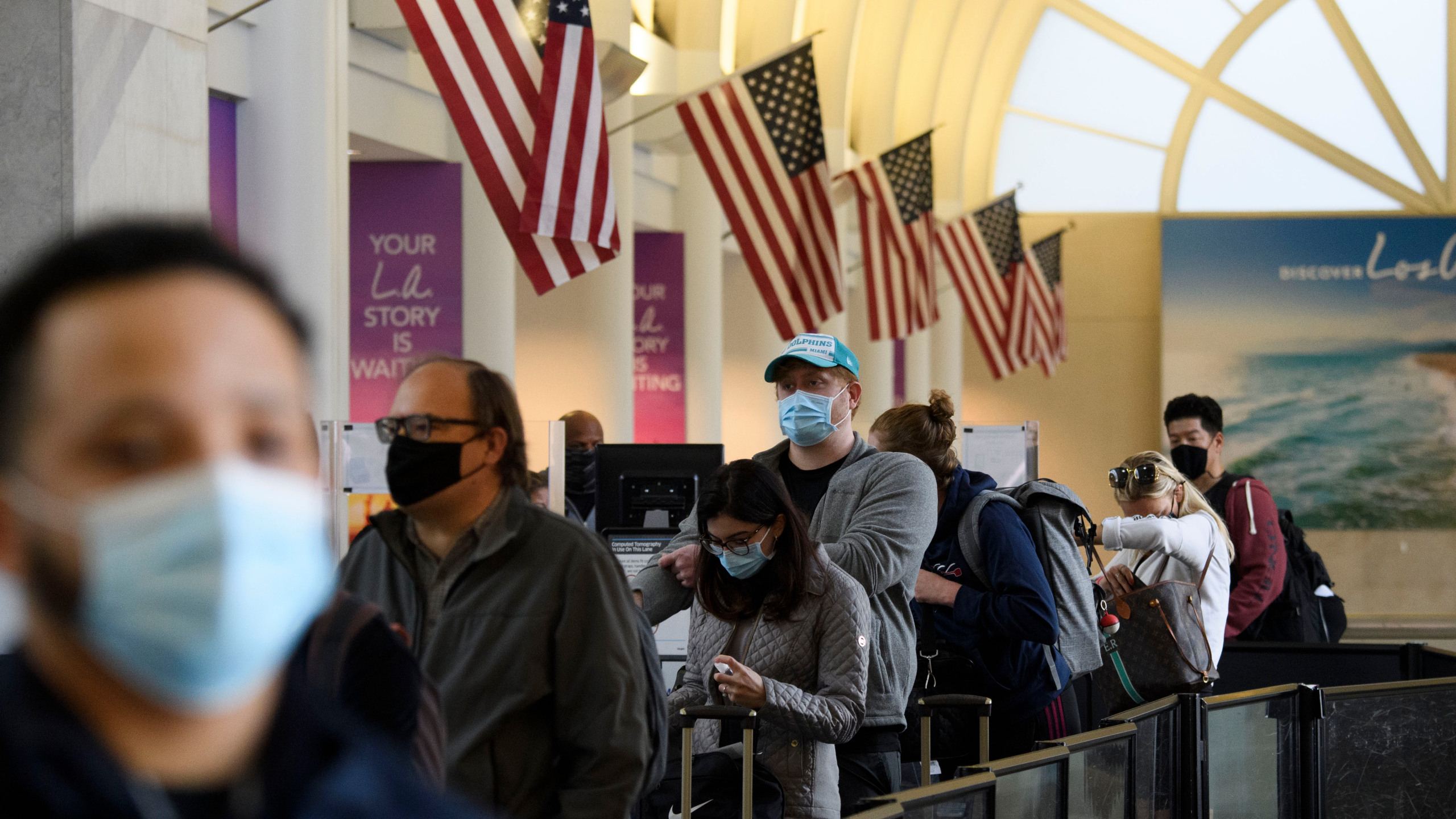From January 26, all international passengers need a negative Covid test that is less than 72 hours old to board a flight to the US.
The US CDC has published the full details of the requirements here, and they’ve done a good job too – it includes a pretty thorough Q&A section split into separate sections for passengers and crew.
Here’s a summary of the main points:
- All international travellers aged two years or older need a test, including citizens and foreigners.
- Applies to all flights, including private and charter flights.
- Applies only to international flights – from “anywhere that is not a state, territory, or possession of the United States”. Therefore, passengers do not need a test if coming from: American Samoa, Guam, the Northern Mariana Islands, Puerto Rico, and the US Virgin Islands.
- It needs to be a “viral test” (NAAT or antigen test) – antibody tests will not be accepted. The PCR test is a type of NAAT test (Nucleic Acid Amplification Test), so those are accepted. You can read more about the different types of tests here.
- The test must be done within three calendar days of departure to the US. If passengers have one or more connecting flights to the US, it gets a bit more complicated.
- Airlines and operators will need to check that their passengers meet the requirements prior to travel.
- For crew travelling to the US: you don’t need to get a Covid test in advance as long as you’re “active crew” – i.e. you’re operating the flight or travelling in an assigned deadhead status. You also have to follow the health and safety rules set out in the FAA’s SAFO 20009. However, we’ve had several reports saying that if you are positioning crew into the US via an airline for any reason, the reality is that you will likely be asked to show proof of a Covid test. More guidance on the definition of “active crew”, check out the CDC’s dedicated webpage.
- If crew/pax can prove they have already had Covid, have recovered from it, and can provide documentation to this effect, they don’t need to get a test.
- Operators must distribute and collect Passenger Attestation Forms prior to embarkation, and keep copies of these for 2 years. Operators do not need to keep copies of passenger test results.
- If you’re heading out of the US, and plan to return within 72hrs, you will still need a test. You can get this done in the US before you leave. But if you end up staying out of the US for more than 72hrs, you will need to be retested before your return flight.
- Quarantine rules: Technically, all pax inbound to the US now have to quarantine for 10 days upon arrival, as per the Executive Order that went into effect on Jan 26. However, it looks like the CDC will not actually be enforcing this – at least for now.
Important to note: the old rules banning certain pax from entry still stands: with specific exemptions, foreign nationals who have been present within the past 14 days in the European Schengen area, the UK and Ireland, mainland China, Iran, and Brazil will still be barred from entry – with or without a negative test. The ‘specific exemptions’ part basically means this: US residents and family members, and flight crew traveling to the United States on C, D or C1/D visas. For more details on this rule, check the US Government webpage here.
More on the topic:
- More: More face scans at the US border for BizAv flights
- More: US Shutdown Ends and FAA Lifts Flight Restrictions
- More: FAA Housekeeping: Foreign Instrument Procedures, Approach Chart Clutter
- More: Do I need a TSA Waiver for a flight to the US?
- More: Private Flights to the US
More reading:
- Latest: More face scans at the US border for BizAv flights
- Latest: Greenland NAT Alternates: Dec 2025 Update
- Latest: Mexico Customs Surprises: Pills, Vapes, and Laptop Rules
- Safe Airspace: Risk Database
- Weekly Ops Bulletin: Subscribe
- Membership plans: Why join OPSGROUP?











 Get the famous weekly
Get the famous weekly 





